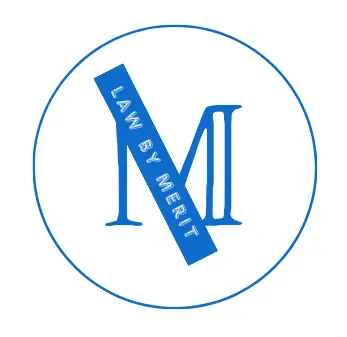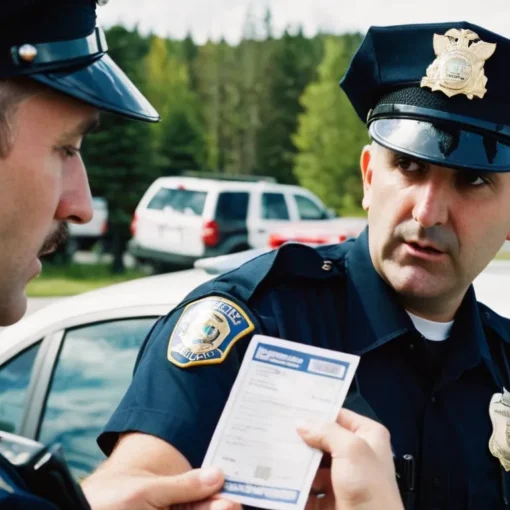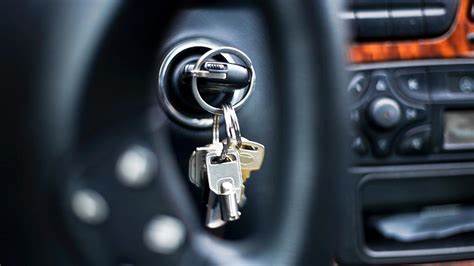Driving regulations vary by jurisdiction, but in general, the use of parking lights while operating a vehicle is not intended for driving under normal conditions. Parking lights are designed to serve a specific purpose and should not be used as a substitute for headlights during regular driving situations. This article will delve into the reasons behind the usage of parking lights, the legal implications, and the potential dangers associated with relying solely on parking lights while driving.
Understanding Parking Lights and Their Purpose
Parking lights, also known as sidelights or marker lights, are small, low-intensity lights located at the front and rear of a vehicle. They are typically amber or white at the front and red at the rear. These lights are designed to be used when a vehicle is parked on the side of the road, indicating its presence to other drivers and pedestrians without fully illuminating the surroundings.
Legal Implications of Using Parking Lights for Driving: Can You Drive Using Only Your Parking Lights Legally?
Using only parking lights while driving is generally not permitted and could lead to legal consequences. Most jurisdictions require vehicles to have proper lighting equipment, including functioning headlights and taillights, for driving at night or in conditions with reduced visibility. Relying solely on parking lights does not provide sufficient illumination for the driver to see the road ahead, and it also makes the vehicle less visible to other drivers.
Dangers of Using Only Parking Lights for Driving
1. Limited Visibility:
Parking lights are not designed to provide adequate lighting for driving in the dark. Relying on them can greatly limit a driver’s ability to see obstacles, pedestrians, road signs, and other vehicles, increasing the risk of accidents.
2. Misinterpretation by Others:
Other drivers may misinterpret the use of parking lights for driving, leading to confusion on the road. This can result in unpredictable driving behavior from both the driver using parking lights and other road users.
3. Reduced Vehicle Visibility:
Parking lights are not as bright as headlights or taillights, making the vehicle less visible to other drivers. This lack of visibility can increase the chances of collisions, particularly in low-light conditions.
4. Non-Compliance with Regulations:
Using parking lights for driving is likely to violate traffic regulations in most jurisdictions. Law enforcement officers may issue citations or fines for improper use of vehicle lighting equipment.
Appropriate Use of Parking Lights
Parking lights should only be used when a vehicle is parked and not in motion. Their purpose is to indicate the presence of a parked vehicle to other road users, especially in low-light conditions. When a vehicle is in motion, it is essential to use the appropriate lighting, including headlights and taillights, to ensure safety for both the driver and others on the road.
RELATED:
Is It Illegal To Log Into Someone Else’s Account Without Their Permission?
Can You Sue Anyone for Anything? (An In-Depth Overview)
Can a Person Who Confesses Guilty with No Evidence Be Prosecuted?
Circumstances You Can Legally Drive Using Only Your Parking Lights
While using parking lights as a substitute for headlights during regular driving is generally not recommended, there are a few specific circumstances in which it might be legally acceptable. It’s important to note that these circumstances are often subject to local laws and regulations, so it’s crucial to be familiar with your jurisdiction’s rules. In this article, we’ll explore ten potential scenarios where driving with only parking lights might be considered legal and safe.
1. Foggy Conditions and Low Visibility Situations
In certain weather conditions, such as heavy fog, driving with high beams or even regular headlights can actually reduce visibility by reflecting light back at the driver. In such scenarios, parking lights can be used to increase your vehicle’s visibility to others without creating glare or hindering your own sight. This is especially relevant for areas where fog is a common occurrence, as well as during other instances of low visibility due to rain, snow, or dust storms.
2. Driving Through Gated Communities or Private Property
When driving within gated communities, private roads, or large private properties, such as golf courses or resorts, you might be allowed to use parking lights to navigate without fully illuminating the area. Since these areas are typically restricted to authorized individuals, using parking lights can help maintain a lower level of lighting while still allowing you to move safely and discreetly.
3. Funeral Processions
During funeral processions, vehicles may use parking lights to convey respect and solemnity. This practice can help differentiate these vehicles from regular traffic and indicate their participation in the procession. However, it’s essential to follow any specific guidelines or regulations that apply to funeral processions in your jurisdiction, as these might vary.
4. Nighttime Vehicle Repairs or Emergencies
In cases where your vehicle experiences a breakdown at night or you need to make emergency repairs on the side of the road, parking lights can serve as a safety precaution. They can make your stationary vehicle more visible to passing drivers, reducing the risk of collisions while you work to address the issue. Remember, though, that hazard lights are often more effective in such situations.
5. Accompanying a Learner Driver
When accompanying a learner driver who holds a learner’s permit, some jurisdictions allow the use of parking lights instead of headlights during nighttime driving practice. This is intended to provide a less intense light source for the learner and other road users while still maintaining visibility. It’s crucial to confirm the specific regulations in your area, as this allowance might not be applicable everywhere.
6. Driving Through Campgrounds or RV Parks
Within campgrounds, RV parks, or other recreational areas, using parking lights while driving at night can help maintain a peaceful environment. The low-intensity lighting provided by parking lights can prevent excessive illumination while allowing you to navigate through these areas with increased visibility.
7. Certain Parade Events
During certain parade events, vehicles might be allowed to use parking lights instead of headlights to create a unique and visually appealing effect. This is often seen in holiday parades or other festivities where a specific theme or ambiance is desired. Local authorities may provide guidelines for participating vehicles, so it’s important to follow these instructions.
8. Paying Toll at Night or in Low-Light Conditions
In some cases, when paying tolls at night or in areas with reduced visibility, using parking lights can help toll booth attendants see your vehicle without causing excessive glare. This can be particularly helpful in situations where you need to come to a complete stop and interact with attendants while ensuring their safety and your own.
9. Vehicle Line-Up or Display
During events such as car shows, where vehicles are lined up for display, participants might use parking lights to create an aesthetically pleasing effect. This soft lighting can enhance the overall presentation of the vehicles without overwhelming the surroundings or other spectators.
10. Driving in Low-Speed, Controlled Environments
In some controlled environments, such as private roads, parking lots, or construction sites, using parking lights while driving at very low speeds might be permissible. This can help maintain a lower level of lighting while still providing enough visibility for safe maneuvering.
While the use of parking lights for driving is generally not advisable, there are niche situations where it might be legally acceptable. In each of these circumstances, safety, visibility, and adherence to local regulations remain paramount. Before relying solely on parking lights for driving, ensure that you are well-informed about the specific laws that apply to your situation. Remember that proper vehicle lighting is essential for the safety of all road users, and it’s important to prioritize the well-being of both yourself and others while on the road.
Last updated on: April 23, 2024




